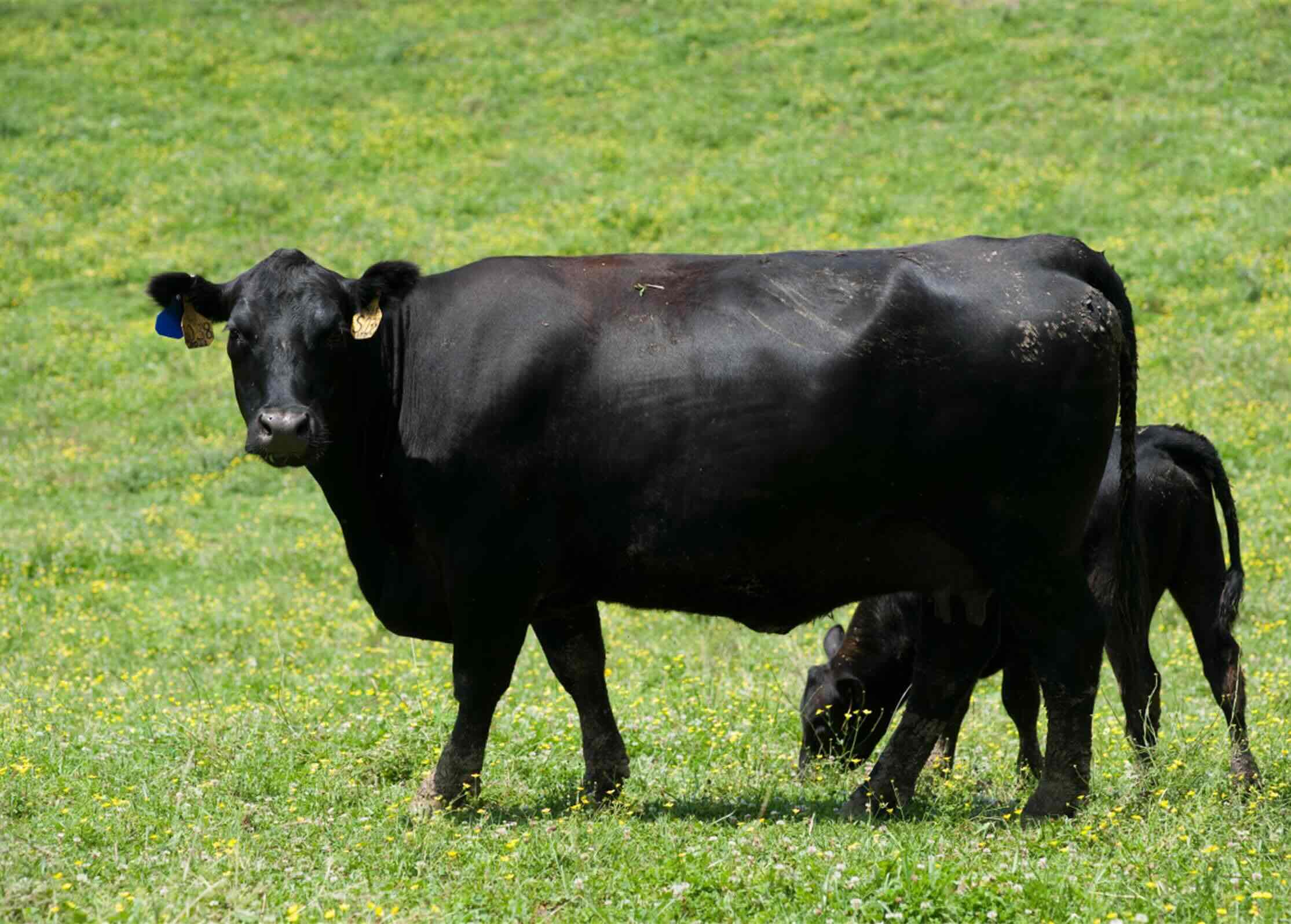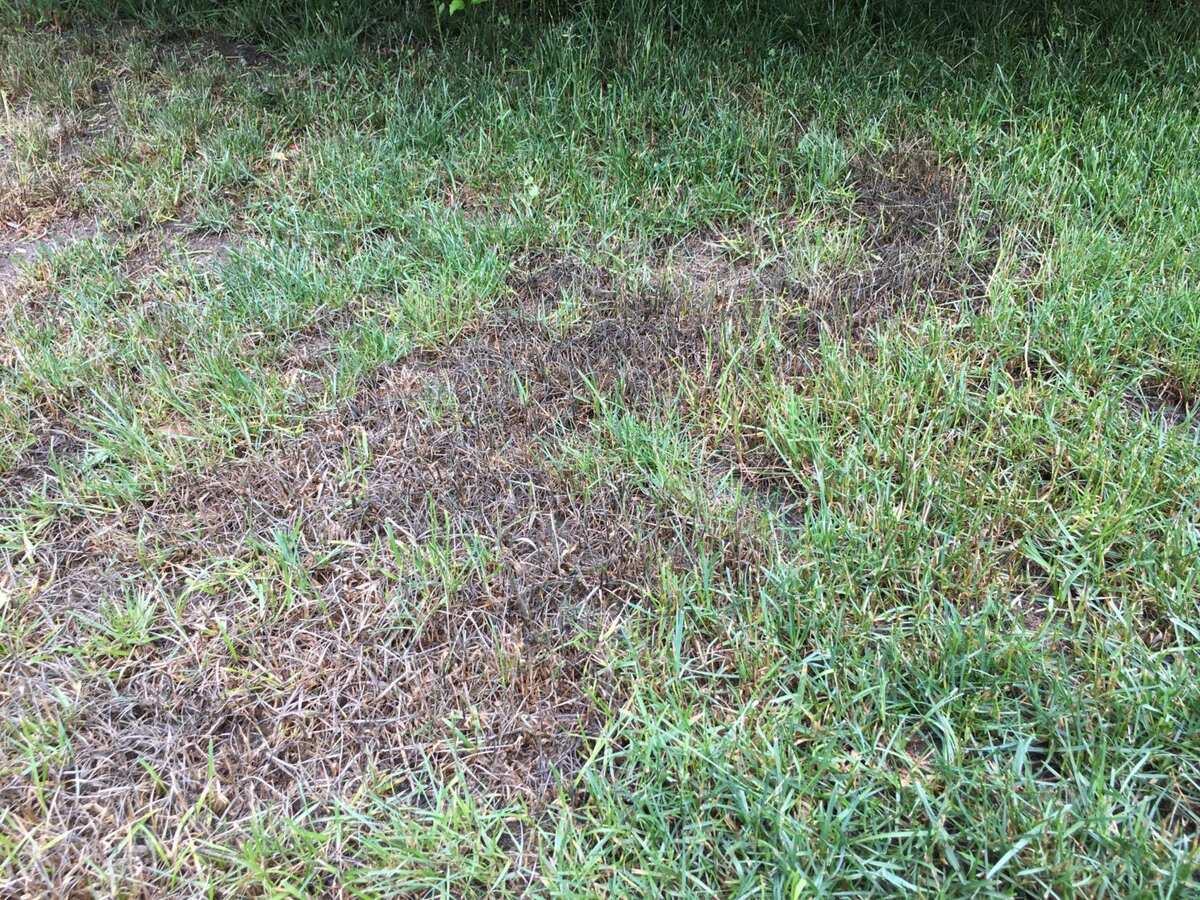Home>Gardening & Outdoor>Landscaping Ideas>How To Treat Grass For Hookworms


Landscaping Ideas
How To Treat Grass For Hookworms
Published: February 2, 2024
Learn effective landscaping ideas to treat grass for hookworms and create a healthy outdoor environment. Explore expert tips and solutions for maintaining a hookworm-free lawn.
(Many of the links in this article redirect to a specific reviewed product. Your purchase of these products through affiliate links helps to generate commission for Storables.com, at no extra cost. Learn more)
Introduction
Maintaining a lush, healthy lawn is a source of pride for many homeowners and a welcoming sight for visitors. However, the presence of hookworms in grass can pose a significant threat to the well-being of both pets and humans. These parasitic organisms, belonging to the nematode family, can thrive in moist, warm environments, making lawns an ideal breeding ground. Understanding how to identify and treat hookworm infestations in grass is crucial for safeguarding the health of your family and pets.
In this comprehensive guide, we will delve into the world of hookworms and explore the signs of their presence in grass. Furthermore, we will outline effective steps to treat grass for hookworms and prevent future infestations. By gaining a deeper understanding of these parasitic organisms and implementing the recommended strategies, you can ensure that your lawn remains a safe and enjoyable space for all.
Let's embark on this journey to equip ourselves with the knowledge and tools necessary to combat hookworm infestations in grass, thereby fostering a healthy and vibrant outdoor environment for all to relish.
Key Takeaways:
- Keep your lawn healthy and safe by learning to spot signs of hookworm infestation, such as pet health issues and soil contamination. By staying vigilant, you can protect your pets and family from these pesky parasites.
- To treat and prevent hookworms in your grass, inspect your lawn, improve soil drainage, use targeted treatments, and maintain pet health. By taking these steps, you can create a thriving outdoor space free from hookworm infestations.
Read more: How To Treat Weeds In Bermuda Grass
Understanding Hookworms in Grass
Hookworms are parasitic nematodes that can thrive in grass and soil, posing a threat to the health of pets and humans. These microscopic organisms, belonging to the Ancylostomatidae family, have a hook-like mouth structure that allows them to attach to the intestinal lining of their hosts. While hookworm infestations are commonly associated with pets, they can also affect humans, making it essential to address their presence in grass effectively.
In the context of grass, hookworms typically thrive in warm, moist environments. This makes lawns, especially those with dense vegetation and shaded areas, ideal breeding grounds for these parasites. Additionally, areas frequented by pets or where wildlife may roam are at an increased risk of harboring hookworms in the grass.
Understanding the life cycle of hookworms is crucial in combating their presence in grass. These parasites begin as eggs, which are excreted in the feces of infected animals. Once in the soil, the eggs hatch into larvae, which can survive for several weeks in favorable conditions. When a suitable host comes into contact with the larvae-infested soil, the hookworms can penetrate the skin or be ingested, completing their life cycle and perpetuating the infestation.
It's important to note that hookworms can pose health risks to both pets and humans. In pets, symptoms of hookworm infestation may include lethargy, diarrhea, anemia, and weight loss. For humans, skin irritation and, in severe cases, larva migrans can occur upon contact with contaminated soil. Therefore, understanding the potential impact of hookworms in grass is essential for safeguarding the well-being of all individuals who come into contact with the affected areas.
By gaining a comprehensive understanding of the behavior and impact of hookworms in grass, we can better equip ourselves to identify and address their presence effectively. This knowledge forms the foundation for implementing targeted strategies to treat and prevent hookworm infestations, thereby creating a safer outdoor environment for all.
Identifying Signs of Hookworm Infestation in Grass
Identifying signs of hookworm infestation in grass is crucial for prompt intervention and effective treatment. While these parasitic organisms may not be visible to the naked eye, several indicators can point to their presence in the lawn. By keenly observing the following signs, homeowners can take proactive measures to address hookworm infestations and mitigate their impact on pets and humans.
-
Unexplained Pet Health Issues: Pets that frequent the lawn may exhibit symptoms of hookworm infestation, including lethargy, diarrhea, anemia, and weight loss. These health issues, especially when unexplained by other factors, can signal the presence of hookworms in the grass.
-
Visible Signs of Soil Contamination: Areas of the lawn with excessive moisture or poor drainage may exhibit signs of soil contamination, such as dark, damp patches. These areas are conducive to hookworm survival and may indicate a potential infestation.
-
Increased Wildlife Activity: Elevated wildlife activity in the vicinity of the lawn, including the presence of rodents or stray animals, can contribute to the spread of hookworms in the grass. Observing changes in wildlife behavior can serve as an indirect indicator of potential infestations.
-
Pet Behavior and Itchiness: Pets may display increased itchiness or skin irritation after spending time on the grass. This behavior can be a result of contact with hookworm-infested soil, prompting the need for closer inspection of the lawn.
-
Fecal Contamination: The presence of feces from infected animals on the lawn can introduce hookworm eggs into the soil, contributing to infestations. Regular removal of pet waste and diligent lawn maintenance are essential in preventing the spread of hookworms through fecal contamination.
-
Unexplained Human Skin Irritation: Individuals who come into direct contact with hookworm-infested grass may experience skin irritation or rashes. While less common than pet infestations, human exposure to hookworms in grass can lead to discomfort and should not be overlooked.
By remaining vigilant for these signs, homeowners can promptly identify and address hookworm infestations in grass, thereby safeguarding the health of pets and humans. Early detection enables timely intervention, reducing the risk of prolonged infestations and their associated health implications. Understanding these signs empowers homeowners to take proactive steps in treating and preventing hookworm infestations, fostering a safe and enjoyable outdoor environment for all.
To treat grass for hookworms, apply a granular insecticide containing carbaryl or trichlorfon. Follow the instructions on the product label for best results.
Steps to Treat Grass for Hookworms
Addressing hookworm infestations in grass requires a systematic approach to effectively eliminate these parasitic organisms and restore the lawn to a safe and healthy state. By following the steps outlined below, homeowners can take proactive measures to treat grass for hookworms, mitigating their impact on pets and humans.
-
Lawn Inspection and Cleanup: Begin by conducting a thorough inspection of the lawn to identify areas with excessive moisture, poor drainage, or visible signs of soil contamination. Remove any debris, including fallen leaves and organic matter, that may contribute to a conducive environment for hookworm survival. This initial cleanup sets the stage for targeted treatment efforts.
-
Soil Aeration and Drying: Improve soil aeration and promote drying by addressing areas with poor drainage. Aerating the soil helps reduce moisture retention, creating an inhospitable environment for hookworms. Consider using aeration tools or implementing landscaping techniques to enhance soil drainage and reduce the risk of reinfestation.
-
Application of Nematode-Targeted Treatment: Utilize nematode-targeted treatments specifically designed to combat hookworm infestations in grass. These treatments, available in various formulations, effectively target and eliminate hookworms while minimizing impact on beneficial soil organisms. Follow the application instructions carefully to ensure thorough coverage of the affected areas.
-
Regular Lawn Maintenance: Implement a consistent lawn maintenance routine to prevent the resurgence of hookworm infestations. This includes mowing the grass at the appropriate height, promoting healthy turf growth, and addressing any factors contributing to excessive moisture accumulation. By maintaining a well-groomed lawn, homeowners can create an environment less conducive to hookworm survival.
-
Pet Health and Preventive Measures: Prioritize the health of pets by implementing preventive measures to minimize the risk of reinfestation. This includes regular deworming treatments as recommended by veterinarians, minimizing pet access to areas prone to hookworm infestations, and promptly addressing any signs of infestation in pets. By safeguarding pet health, homeowners can reduce the likelihood of recurrent hookworm infestations in the grass.
-
Monitoring and Follow-Up: Continuously monitor the lawn for signs of reinfestation and promptly address any emerging issues. Regularly inspecting the grass, observing pet behavior, and maintaining vigilance for potential indicators of hookworm presence are essential in preventing the recurrence of infestations. By staying proactive, homeowners can intervene early and mitigate the impact of hookworms on the lawn.
By diligently following these steps to treat grass for hookworms, homeowners can effectively combat infestations and create a safer outdoor environment for all. Through a combination of targeted treatments, preventive measures, and ongoing maintenance, the lawn can be transformed into a thriving and secure space, free from the threat of hookworm infestations.
Preventing Future Hookworm Infestations in Grass
Preventing future hookworm infestations in grass is essential for maintaining a healthy and safe outdoor environment for pets and humans. By implementing proactive measures and integrating preventive strategies into regular lawn maintenance, homeowners can significantly reduce the risk of recurrent infestations. The following guidelines outline effective methods to prevent the resurgence of hookworms in the grass:
-
Regular Lawn Maintenance: Establishing a consistent lawn maintenance routine is fundamental in preventing future hookworm infestations. This includes regular mowing at the appropriate height to promote healthy turf growth and minimize areas conducive to hookworm survival. Additionally, addressing soil compaction and enhancing soil drainage through aeration and appropriate landscaping techniques can create an inhospitable environment for hookworms.
-
Optimizing Soil Conditions: Maintaining well-drained soil and minimizing excessive moisture accumulation are pivotal in deterring hookworm infestations. By addressing areas prone to waterlogging and improving soil aeration, homeowners can create an environment less favorable for hookworm survival. Implementing proper irrigation practices and ensuring adequate sunlight exposure to the lawn can further contribute to optimizing soil conditions.
-
Pet Hygiene and Health: Prioritizing pet hygiene and health plays a crucial role in preventing the spread of hookworms in the grass. Regular deworming treatments as recommended by veterinarians, coupled with diligent removal of pet waste from the lawn, can minimize the introduction of hookworm eggs into the soil. Additionally, limiting pet access to areas with known infestation history and promptly addressing any signs of infestation in pets are essential preventive measures.
-
Frequent Lawn Inspection: Conducting regular inspections of the lawn to identify potential signs of infestation is key to preventing the resurgence of hookworms. Observing changes in wildlife activity, monitoring pet behavior, and promptly addressing any indicators of soil contamination can aid in early intervention. By remaining vigilant and proactive, homeowners can mitigate the risk of recurrent infestations.
-
Education and Awareness: Educating oneself and family members about the behavior and impact of hookworms in grass is crucial in fostering a proactive approach to prevention. Understanding the potential risks associated with hookworm infestations and the importance of preventive measures can empower homeowners to take informed actions in safeguarding the lawn and the well-being of all individuals who interact with the outdoor space.
By integrating these preventive strategies into regular lawn care practices, homeowners can create an environment that is less susceptible to hookworm infestations, thereby fostering a safer and more enjoyable outdoor space for all. Through a combination of proactive measures, ongoing vigilance, and a commitment to pet and environmental health, the risk of recurrent hookworm infestations in the grass can be significantly minimized.
Read more: How To Treat Grass Burn On Skin
Conclusion
In conclusion, addressing hookworm infestations in grass is essential for maintaining a safe and healthy outdoor environment for both pets and humans. By gaining a comprehensive understanding of the behavior and impact of hookworms, homeowners can effectively identify and treat infestations, as well as implement preventive measures to minimize the risk of recurrent infestations.
Understanding the signs of hookworm infestation in grass, such as unexplained pet health issues, visible soil contamination, and increased wildlife activity, empowers homeowners to take proactive steps in addressing potential infestations. By remaining vigilant and promptly identifying these signs, early intervention can be initiated, reducing the impact of hookworms on the lawn and the well-being of pets and humans.
The steps to treat grass for hookworms outlined in this guide provide a systematic approach to combat infestations effectively. From thorough lawn inspection and cleanup to the application of nematode-targeted treatments and ongoing maintenance, these steps are instrumental in eliminating hookworms and creating a safer outdoor space. Additionally, integrating preventive measures, such as regular lawn maintenance, optimizing soil conditions, and prioritizing pet hygiene and health, plays a pivotal role in preventing the resurgence of hookworm infestations.
By fostering a proactive approach to prevention and treatment, homeowners can transform their lawn into a thriving and secure space, free from the threat of hookworm infestations. Through education, awareness, and a commitment to pet and environmental health, the risk of recurrent infestations can be significantly minimized, creating an environment that is less susceptible to hookworm infestations.
In essence, combating hookworm infestations in grass requires a combination of knowledge, vigilance, and targeted strategies. By implementing the insights and recommendations presented in this guide, homeowners can safeguard their outdoor environment and create a welcoming space for all to enjoy, free from the impact of hookworm infestations.
Frequently Asked Questions about How To Treat Grass For Hookworms
Was this page helpful?
At Storables.com, we guarantee accurate and reliable information. Our content, validated by Expert Board Contributors, is crafted following stringent Editorial Policies. We're committed to providing you with well-researched, expert-backed insights for all your informational needs.















0 thoughts on “How To Treat Grass For Hookworms”